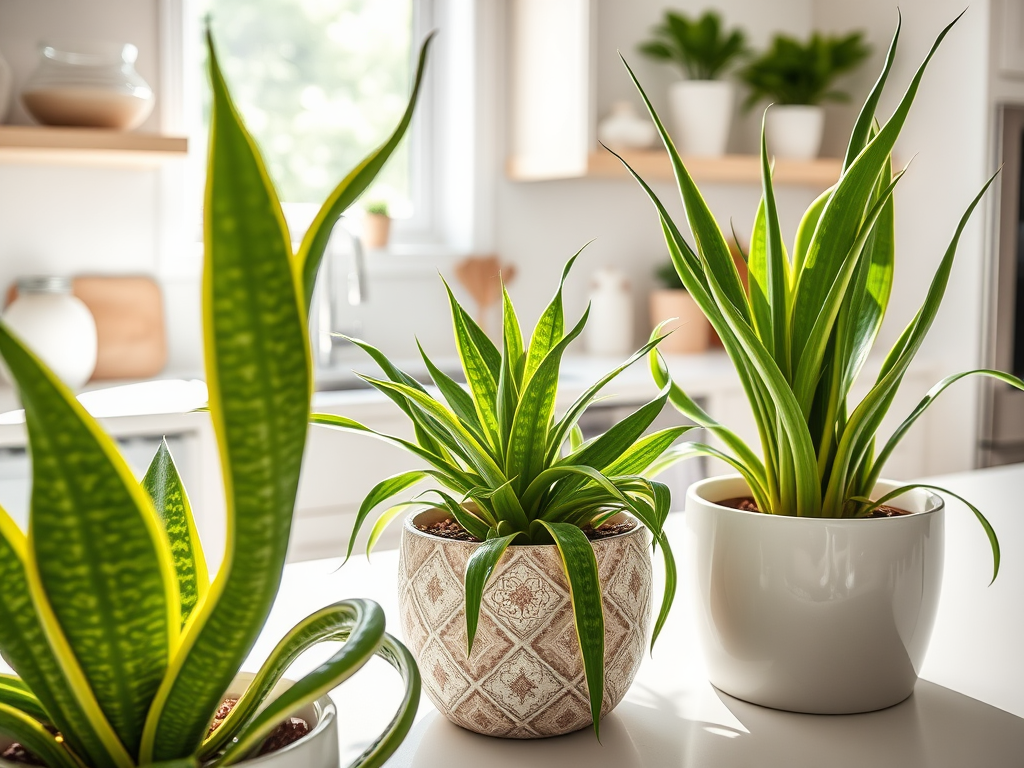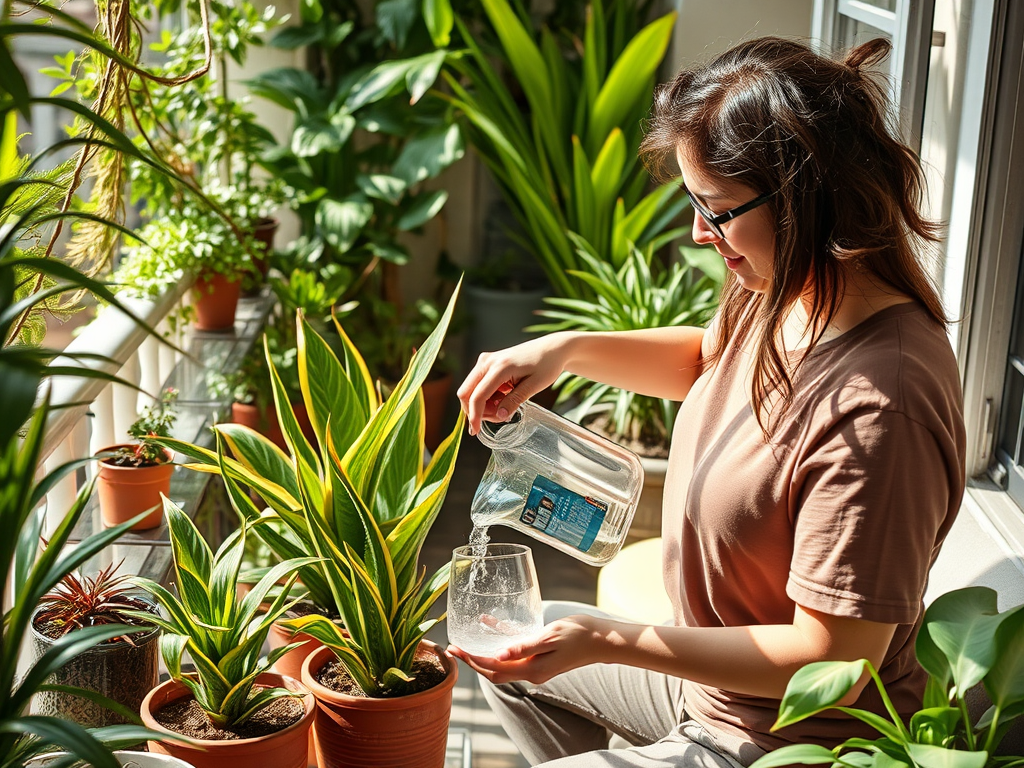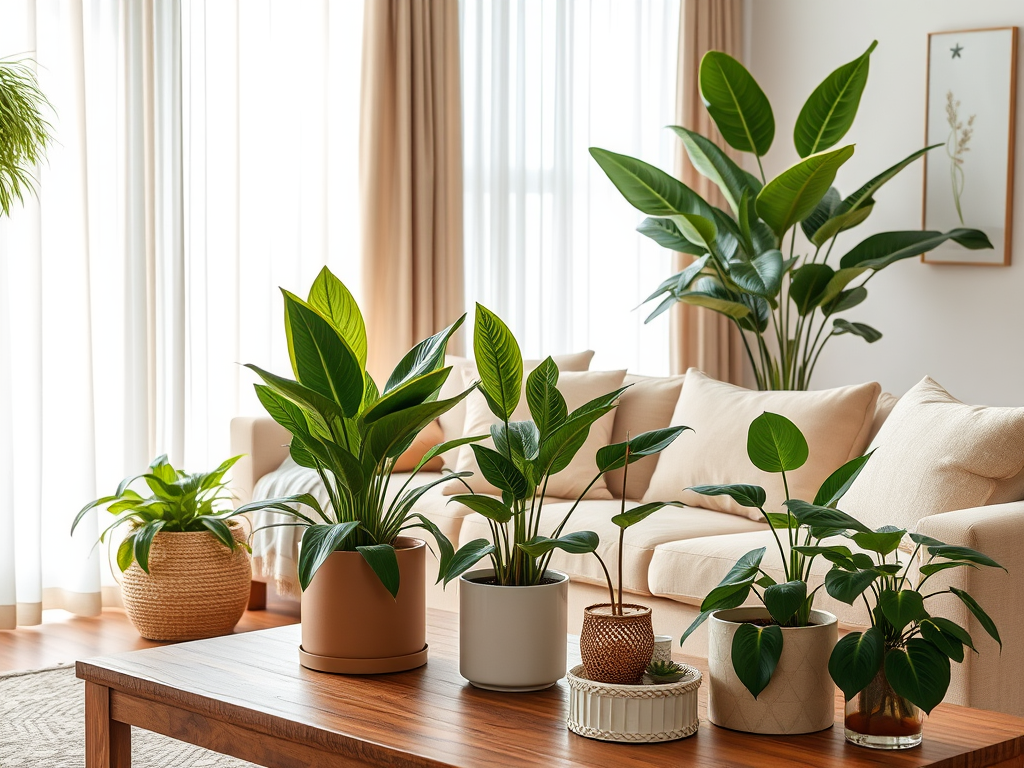Bringing life into your home with houseplants has become a beloved trend, and for good reason. Among the array of indoor greenery, the snake plant stands out for its striking appearance and resilience. Known scientifically as Sansevieria, this plant is a marvel that thrives in less-than-ideal conditions and purifies the air around it. Homeowners often overlook the potential of pairing snake plants with other companion plants to create a cohesive and vibrant indoor garden. Imagine lush, greenery-filled corners that not only enhance the aesthetic of your living space but also promote well-being. In this article, we will explore various houseplants that complement snake plants beautifully, considering their care needs and how they work together harmoniously.
When selecting companion plants, the compatibility of care requirements becomes crucial to maintaining a thriving indoor environment. Snake plants prefer indirect light and minimal watering, characteristics that should guide your choices. Therefore, a successful plant pairing can create a stunning visual impact while ensuring that none of your plants suffer from conflicting needs. Let’s delve into the unique qualities of snake plants and discover the best companions that will flourish alongside them.
Understanding Snake Plants and Their Care Needs

Snake plants, often referred to as “mother-in-law’s tongue,” are favored by plant enthusiasts for their striking, upright leaves. These plants are exceptionally hardy, capable of flourishing in a variety of indoor conditions and environments. Limited light exposure or irregular watering schedules do not significantly hinder their growth. Notably, the snake plant is efficient at converting carbon dioxide into oxygen at night, making it an excellent choice for bedrooms. To keep your snake plant thriving, it’s essential to provide well-draining soil and avoid overwatering, which can lead to root rot. Understanding these key care elements will set the stage for selecting the perfect companion plants.
Choosing the Right Companion Plants

Finding the right partner for your snake plant means assessing both aesthetic and practical factors. The goal is to create a harmonious indoor garden where each plant enhances the beauty of the others while sharing similar care requirements. Considering light and water needs is critical; ideally, you want to group plants that can thrive under the same conditions. This not only simplifies plant maintenance but also creates a visually appealing display that captures the essence of balanced indoor gardening.
The compatibility of light and water needs is essential when selecting companion plants. Here are some factors to consider:
- Plants that thrive in indirect light alongside your snake plant help maintain a consistent atmosphere.
- Ensure companions require minimal watering or have drought tolerance.
- Consider the height variations to maintain a visually appealing structure.
Top Companion Plants for Snake Plants
| Plant | Light Requirement | Watering Frequency |
|---|---|---|
| Pothos | Indirect light | Every 1-2 weeks |
| ZZ Plant | Low light | Every 2-3 weeks |
| Peace Lily | Indirect light | Weekly |
| Spider Plant | Bright, indirect light | Every 1-2 weeks |
Now, let’s explore some of the most compatible companion plants for your snake plants:
- Pothos: This hardy vining plant adapts well to varying light conditions and has cascading vines that beautifully complement the vertical growth of snake plants.
- ZZ Plants: With their glossy leaves and low water needs, ZZ plants provide an elegant touch that aligns perfectly with the aesthetic of snake plants.
- Peace Lilies: These plants showcase lovely white blooms and help purify air, creating a stunning contrast with the snake plant’s unique architecture.
- Spider Plants: Known for their adaptability, they offer dynamic arching leaves that pair beautifully within an indoor plant display.
Creating a Cohesive Indoor Plant Display
Designing a captivating indoor plant arrangement involves a few key elements. Pot size, color, and arrangement all play significant roles in enhancing the visual appeal of your plant grouping. For instance, using decorative pots can elevate the look, drawing attention to each plant’s individual beauty while ensuring they remain cohesive as a group. Additionally, consider strategic placement to provide ample space for each plant to grow without overcrowding. Keep in mind that creating balance in height and leaf structure can further unify your indoor garden.
Conclusion
Pairing snake plants with complementary houseplants not only enhances the beauty of your indoor environment but also promotes a healthier living space. By selecting plants with similar care requirements, you create a thriving ecosystem that highlights the unique characteristics of each species. The right combinations can transform any room into a serene atmosphere that nurtures both physical and emotional well-being, ensuring your plants flourish together. Start exploring these houseplants today and witness how they can elevate your home décor while filling your space with vitality.
Frequently Asked Questions
- Can snake plants survive in low light? Yes, snake plants thrive in low-light environments, making them suitable for various indoor settings.
- How often should I water snake plants? Water snake plants approximately every 2-3 weeks, allowing the soil to dry out completely between waterings.
- Are snake plants toxic to pets? Yes, snake plants contain saponins, which can be toxic to pets if ingested. It’s essential to keep them out of reach of curious animals.
- What is the best way to propagate snake plants? Snake plants can be propagated through leaf cuttings or by dividing the root system during repotting.
- Do snake plants improve indoor air quality? Yes, snake plants are known for their air purifying qualities, helping to filter pollutants and improve indoor air quality.
